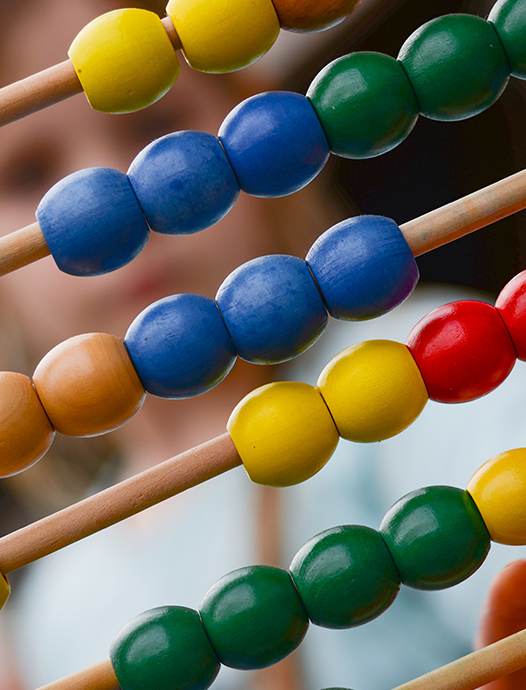

When to refer to an Occupational Therapist?
When to refer to an Occupational Therapist?
Sensory processing
Sensory processing refers to the way the nervous system receives messages from the senses and turns them into responses. For those with Sensory Processing Disorder, sensory information goes into the brain but does not get organized into appropriate responses.
• Disliking movements through space such as swinging, sliding or spinning. Avoiding climbing apparatus.
• Often complains of nausea when driving in the car (feeling carsick).
• Avoiding messy activities such as playing with mud or finger paints.
• Dislikes the texture of certain foods or clothing.
• Sensitive to touch; such as hugs, holding hands, washing hair or brushing teeth.
School related tasks
• Difficulties with reading, such as losing his/her place when reading or using a finger to follow where he/she is reading.
• Insufficient letter formation and spacing between words, leading to untidy handwriting.
• Inability to copy work from the board onto paper.
• Slow work speed.
Attention and Concentration
• Inability to sit still in class or when doing homework.
• Difficulty to focus attention leading to poor task completion.
• Impulsive behaviour causing poor decision making and insufficient following of instructions.
Gross motor skills
These skills require the coordinated movement of the large muscles of the body, namely the neck, back, shoulders, arms and legs.
• Insufficient hand-eye and foot-eye coordination causing problems with catching, throwing and kicking a ball.
• Struggling with- and avoiding activities that require balance.
• Struggling with activities that require motor planning and rhythmical movement.
• Inappropriate sitting- and standing posture.
• Clumsy appearance and a tendency to fall.
• Poor endurance when doing motor activities.
Fine motor skills
Fine motor control is the use of the wrist, hand muscles and joints for effective completion of daily tasks, especially writing. Fine motor movements and hand-eye movements are essential aspects for tasks such as colouring in, cutting and writing abilities. Deficits in this area will influence work speed.
• Dominant hand not yet established.
• Insufficient pencil grip and pencil control.
• Poor neatness of colouring, cutting and handwriting.
• Struggling with fine motor tasks in daily activities (shoelaces, buttons, zips).
Visual perceptual skills
Visual perception is defined as the total process responsible for the reception (sensory functions) and cognition (specific mental functions) of visual stimuli. Thus, these skills assist in interpreting what you see. There are various different visual perceptual skills.
• Insufficient body concept and drawing of a person.
• Difficulty with learning concepts of colour, shape, size, numbers, letters.
• Difficulty with building puzzles.
• Reversal of letters (b/d) or numbers (2/5).
• Struggling to distinguish visual stimuli from a busy background.
• Inability to copy simple pictures or symbols
• Insufficient ability to observe similarities or differences.
• Insufficient visual memory.
As an Occupational Therapist, we look at numerous components while a child completes a task to determine with which components/skills a child struggles. Find below two examples of activities analysed by different skills needed to complete the task.

